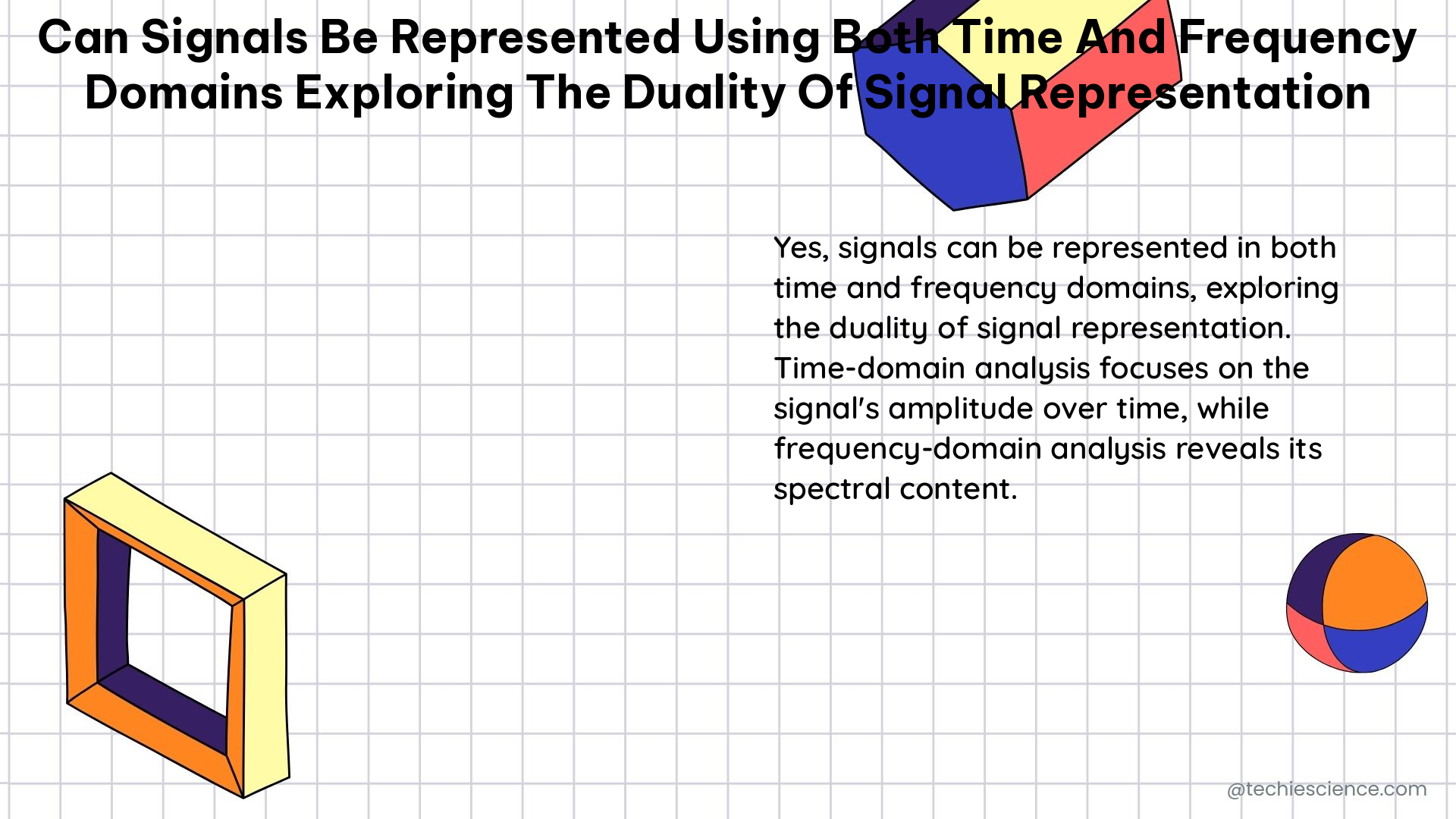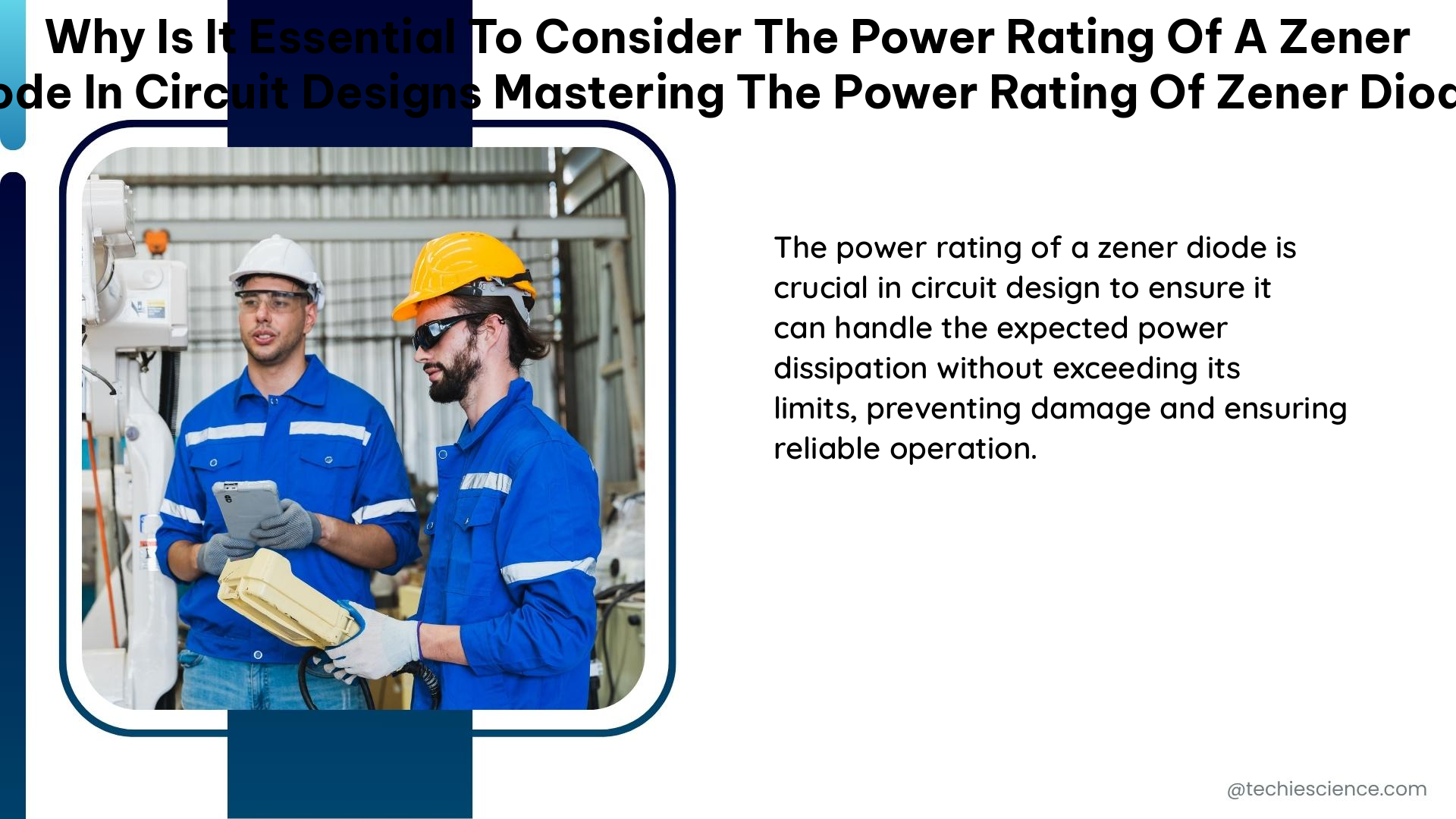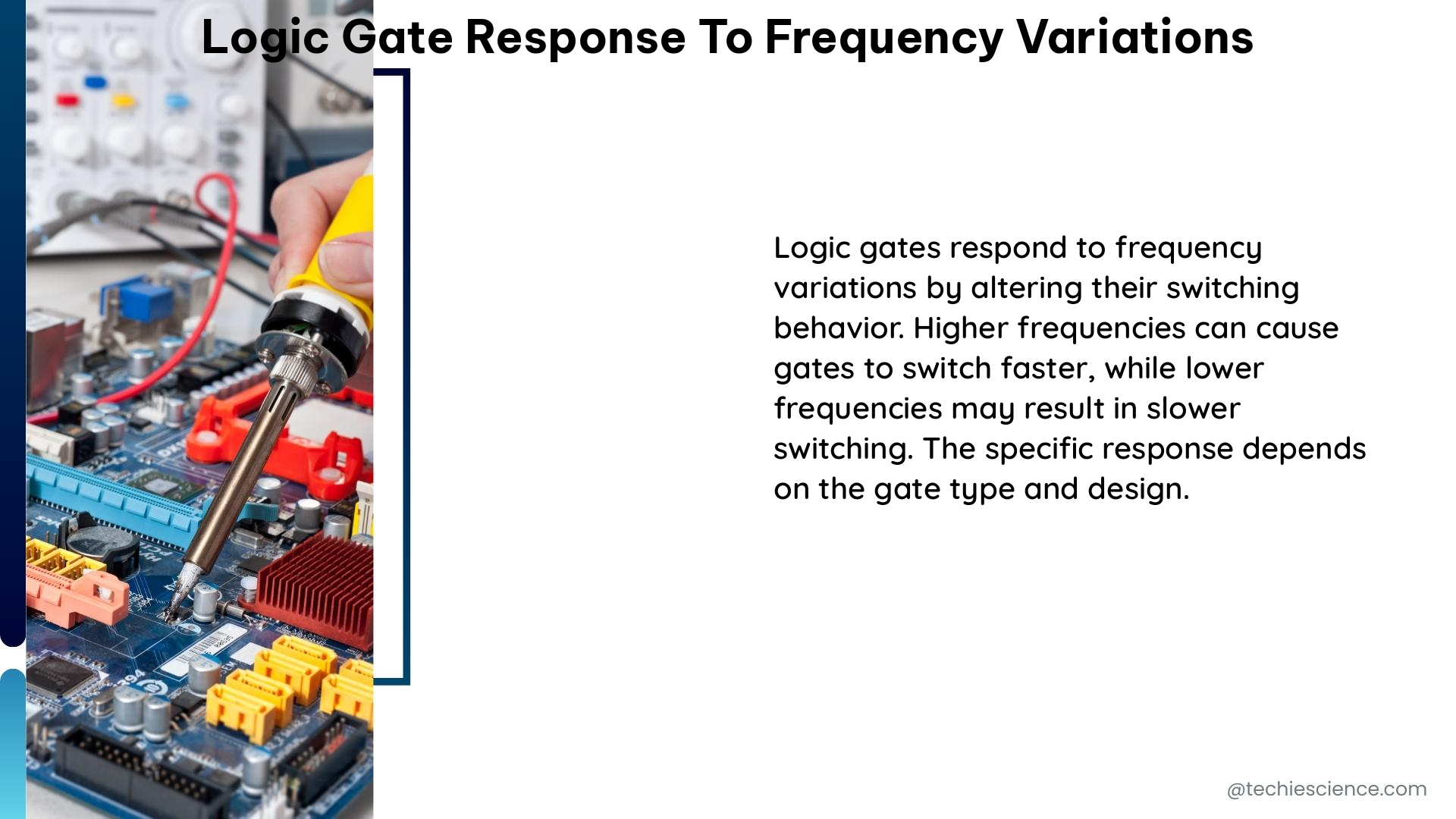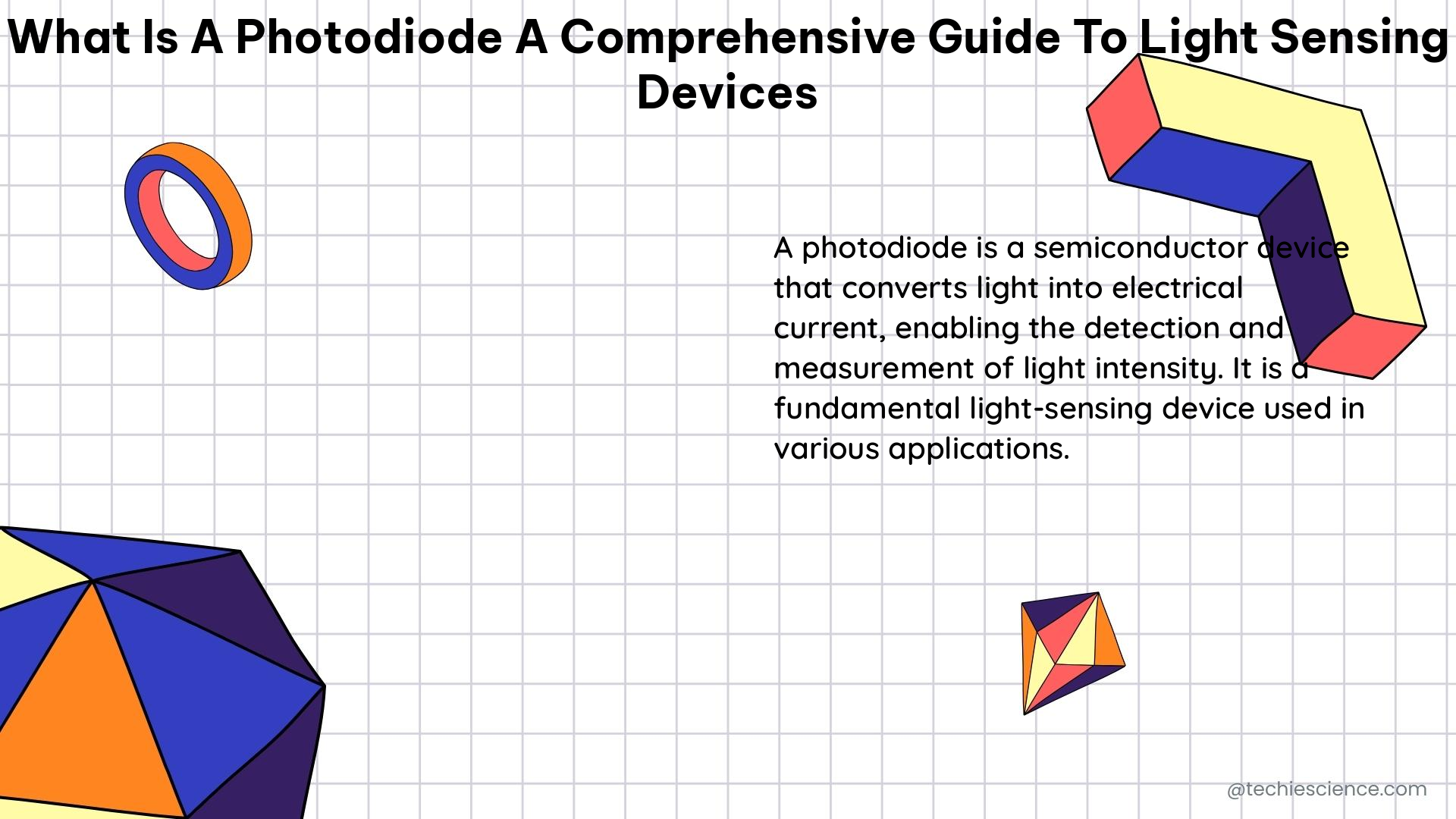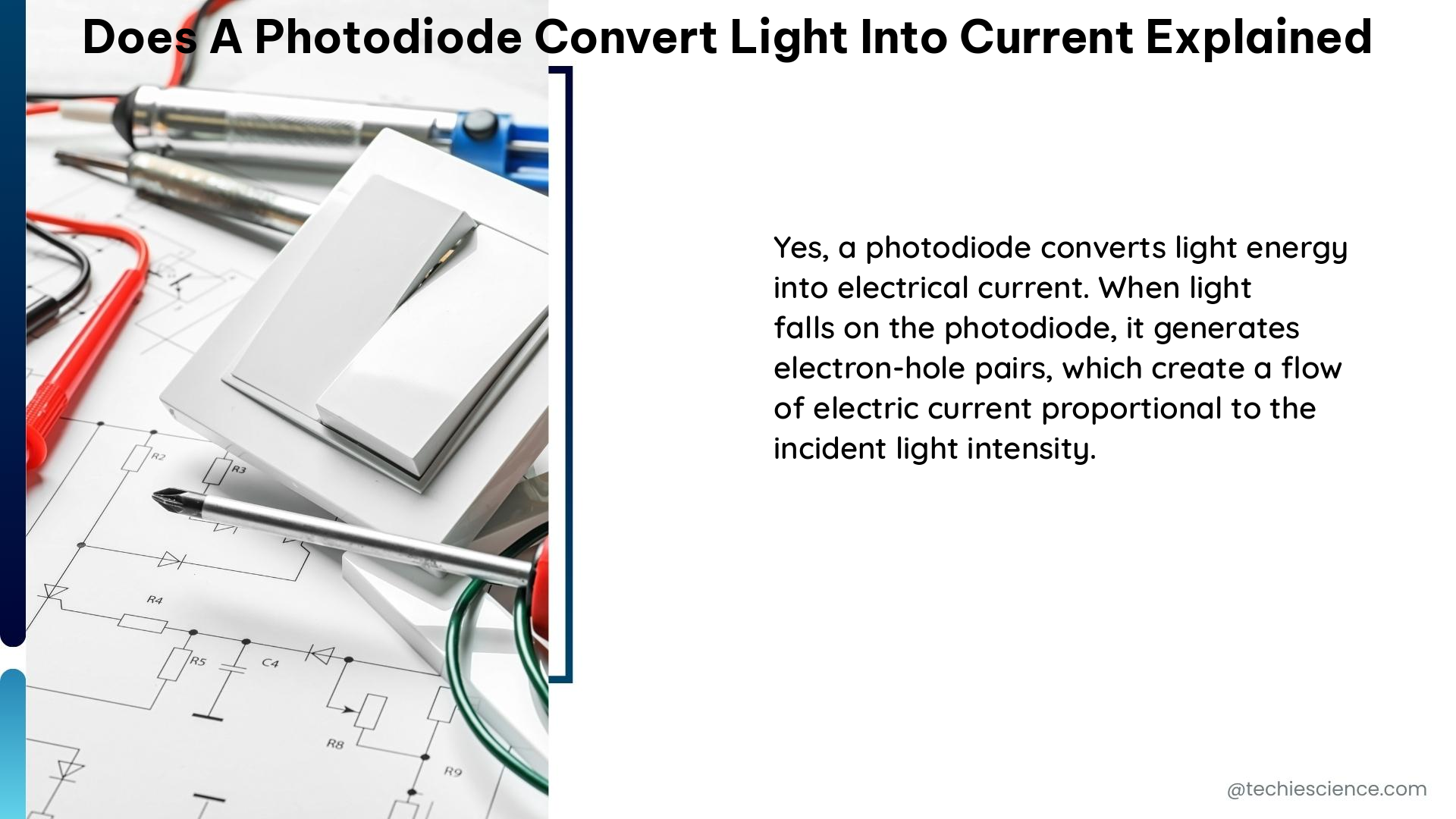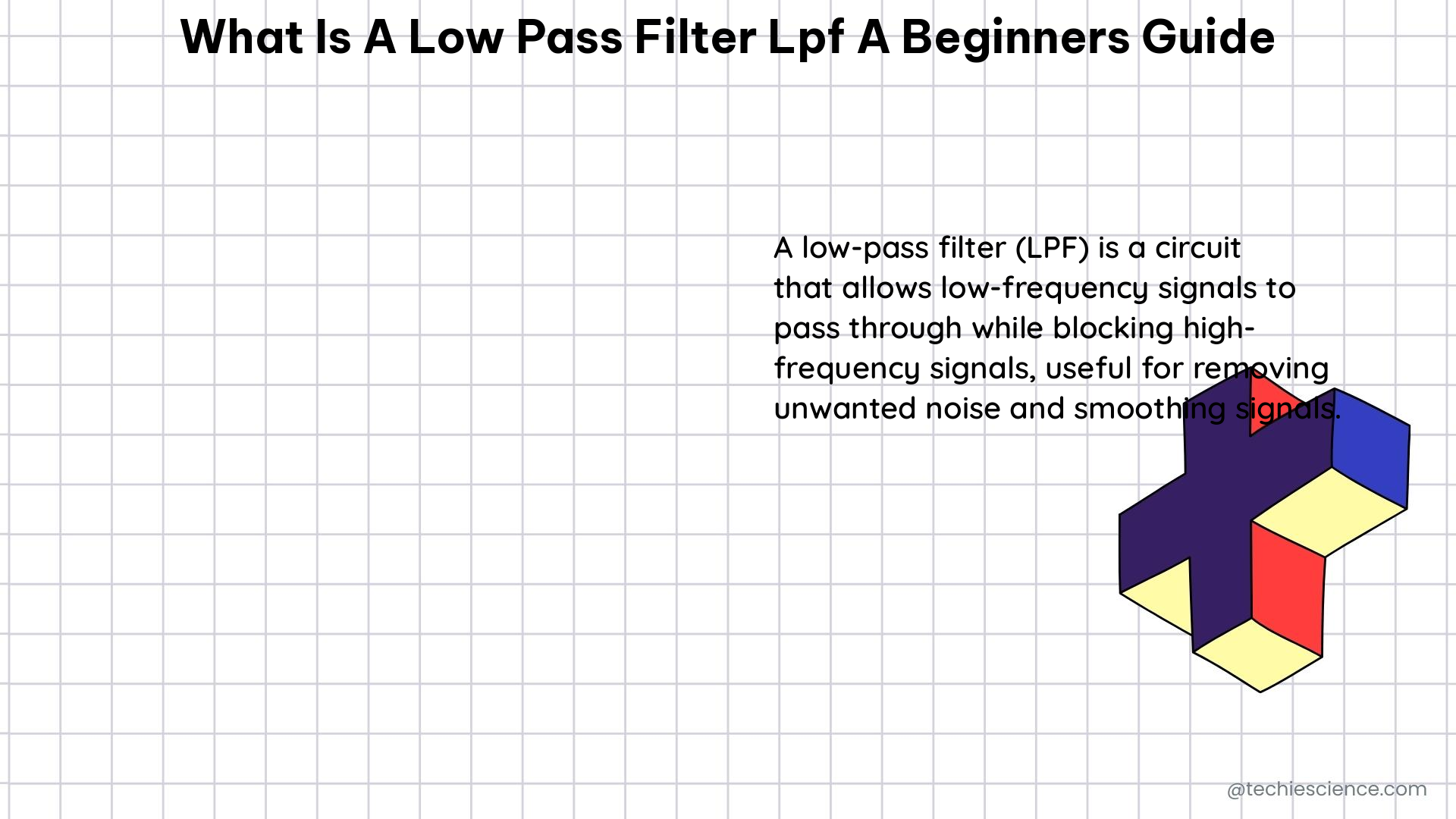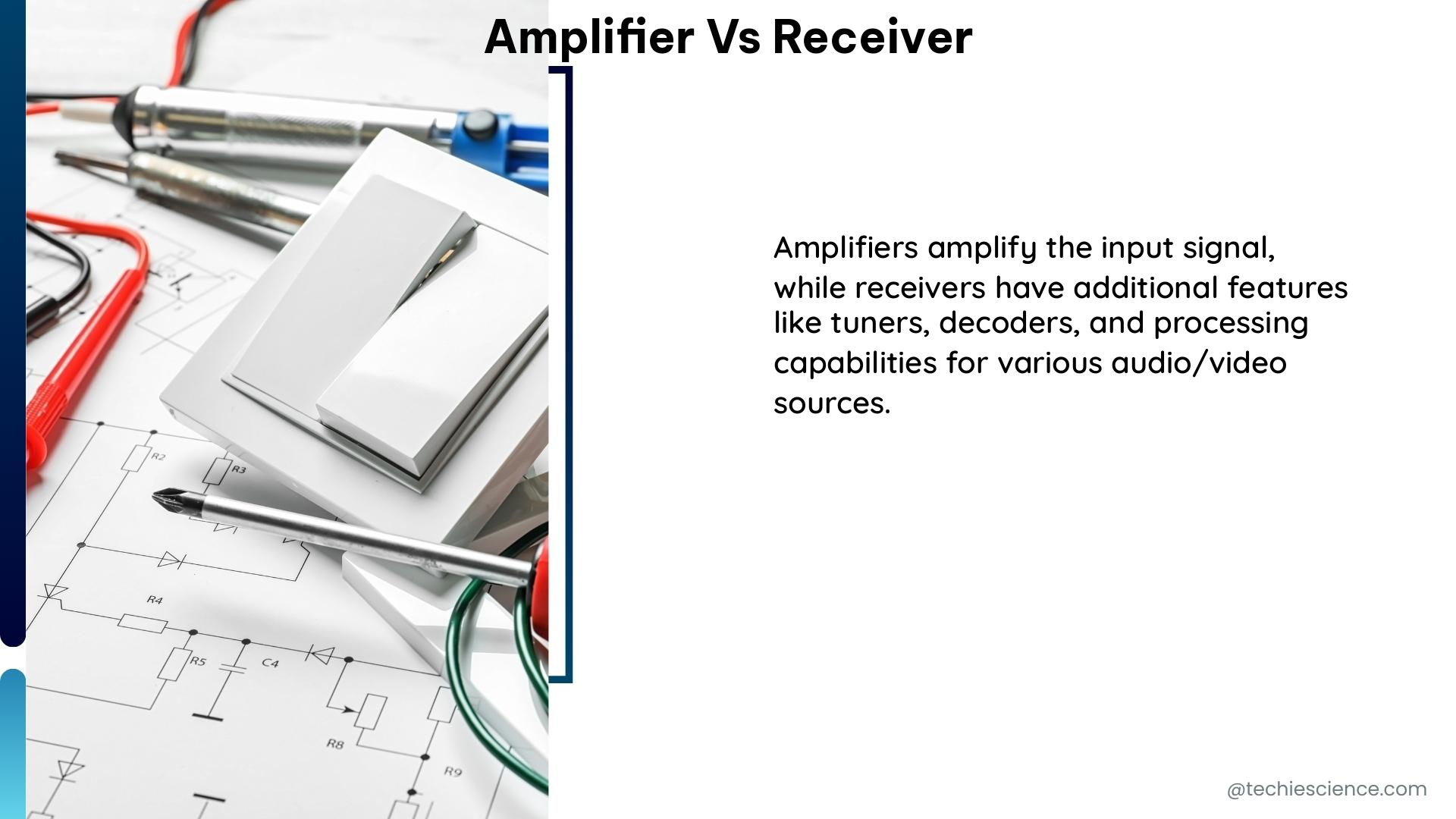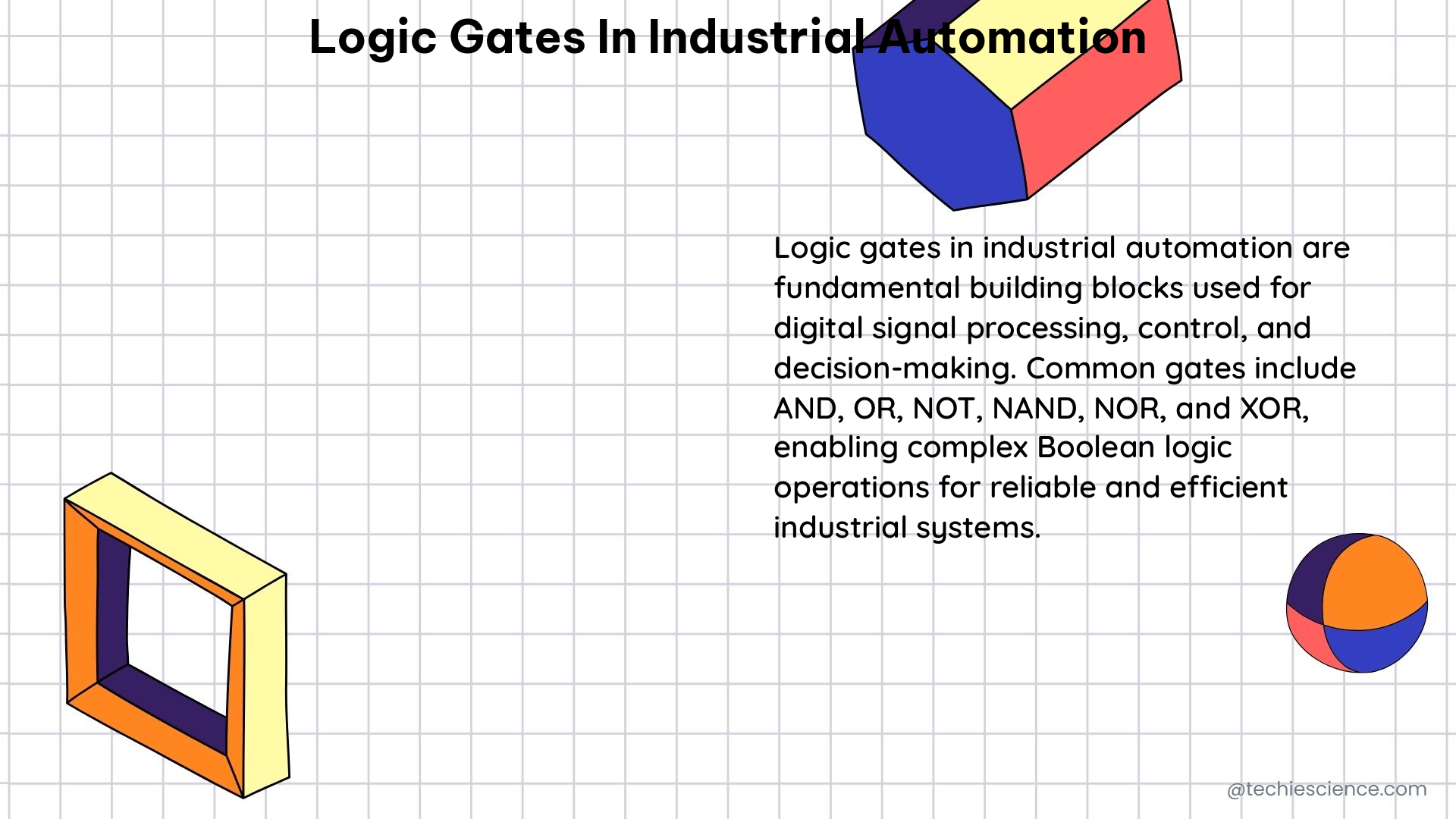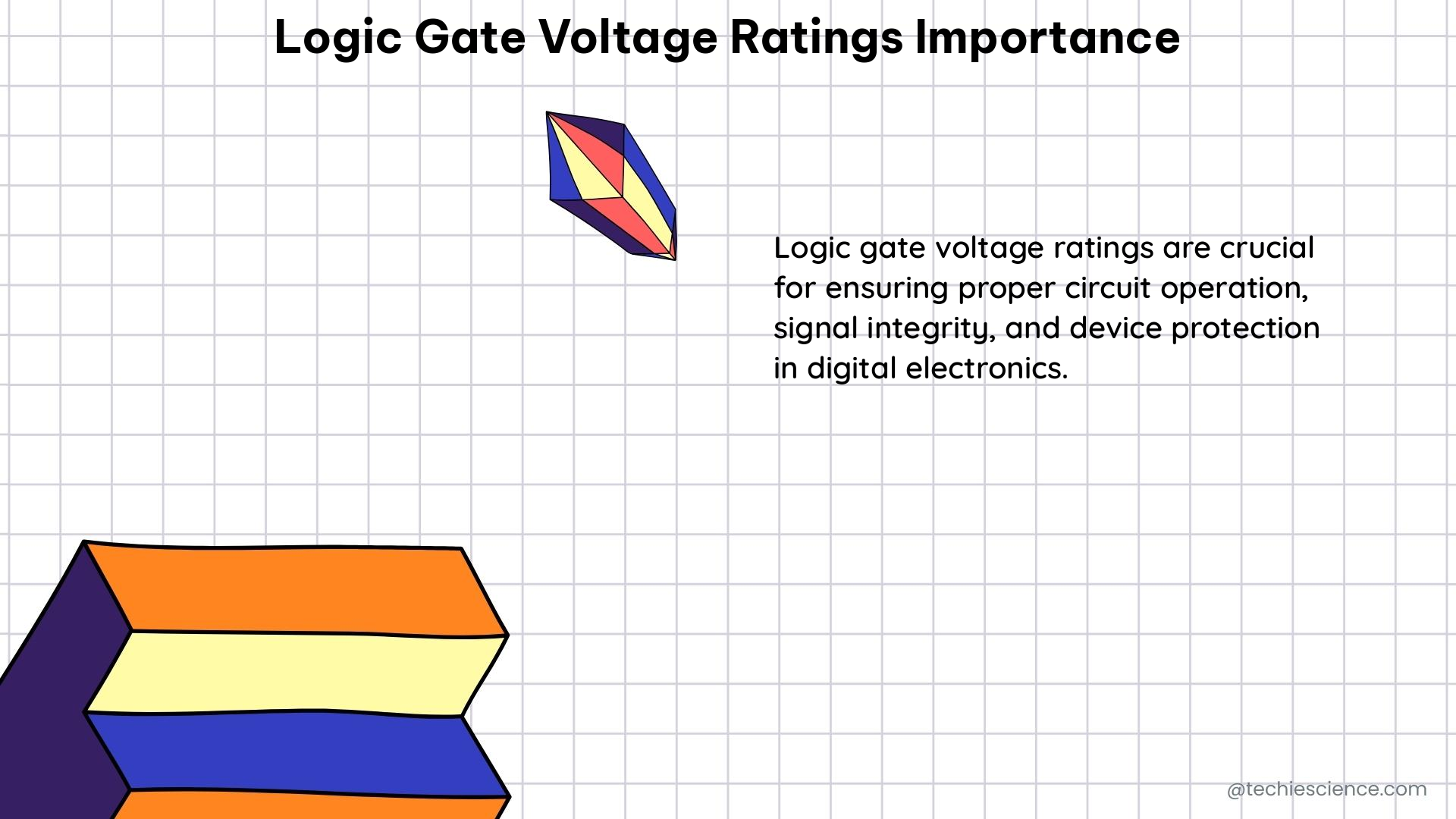Exploring the Duality of Signal Representation: Time and Frequency Domains
In the realm of signal processing, the ability to represent signals in both the time and frequency domains is a fundamental concept that provides a comprehensive understanding of signal characteristics. This duality of signal representation is a powerful tool that enables engineers, scientists, and researchers to analyze and manipulate signals in a variety of applications, … Read more
